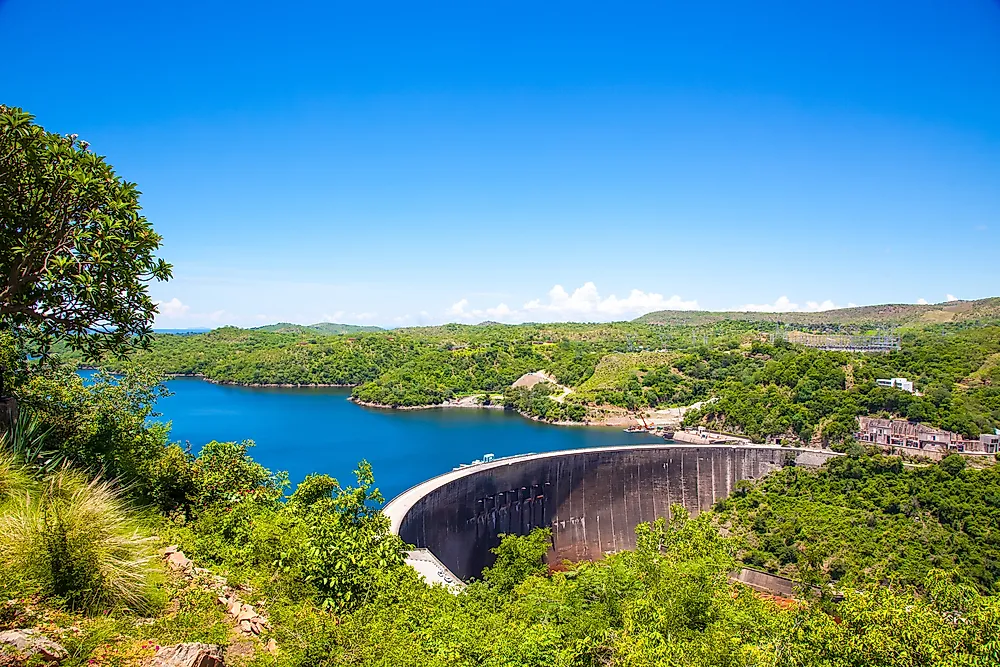What is a Reservoir?

A reservoir is an artificial structure designed to hold back fluids like water, gas or hydrocarbons. Bank reservoirs, dammed reservoirs, and service reservoirs are some example of this artificial water body. Currently, the largest reservoir by the surface area is Volt Dam in Ghana, and the largest reservoir by volume is Kariba Dam between Zimbabwe and Zambia. Reservoirs have been a revelation to mankind since their creation.
History of the Reservoir
In the year circa 300 BCE, farmers in Arabia used the craters of extinct volcanoes to store water that would be used for irrigation and watering their herds. In India, the persistent dry climate forced the people to invent new water conservation techniques. Step wells and a reservoir were built at Girmar in 3000 BCE. Ancient Greece had artificial lakes to store water which date up to the year 5 BCE. Sinhalese Kings of Ancient Sri Lanka also built artificial lakes to save water for their people.
Reservoir Usage Today
Reservoirs serve the same purpose today, however they are now built using modern technology and techniques that are a product of years of research. Places which are flat or gently sloping are good for building a service reservoir, with the structure built on concrete pillars. In hilly places, the reservoirs are built entirely underground. To construct a reservoir in a valley, the natural topography is first studied to provide a suitable method for construction. This takes into account the resettlement of people and animals in the area to be affected by the reservoir. Historical sites need to be relocated too. The Aswan High Dam of Egypt saw the relocation of the temples of Abu Simbel as well as thousands of people and their properties.
A bank side reservoir is built by siphoning water from a water source of approved standards into an area formed by excavation and has embankments surrounding the area which may exceed 3.73 miles in circumference. An impermeable lining made of clay forms an embankment and the floor of the reservoir. Water stored inside them may stay for some months, during which the contaminants are reduced and turbidity is eliminated. A good example is the London water supply system which uses the bank storage system.
Advantages and Disadvantages of Reservoirs
Reservoirs have several benefits. The walls of the reservoir hold back hundred of thousands of gallons of water. This ensures a constant supply of water to cities, households, and farms. They provide recreational activities for bird watchers, hikers, and those with an artistic mind for painting the landscape to a canvas.
Reservoirs also carry their fair share of troubles. A dam failure can cause horrific destruction to a population living downstream. The massive flooding can wipe out entire ecosystems and block migration of fish. Farmers often incur huge expenses of fertilizers as the soil downstream is robbed of natural nutrients supplied during the rainy season.











